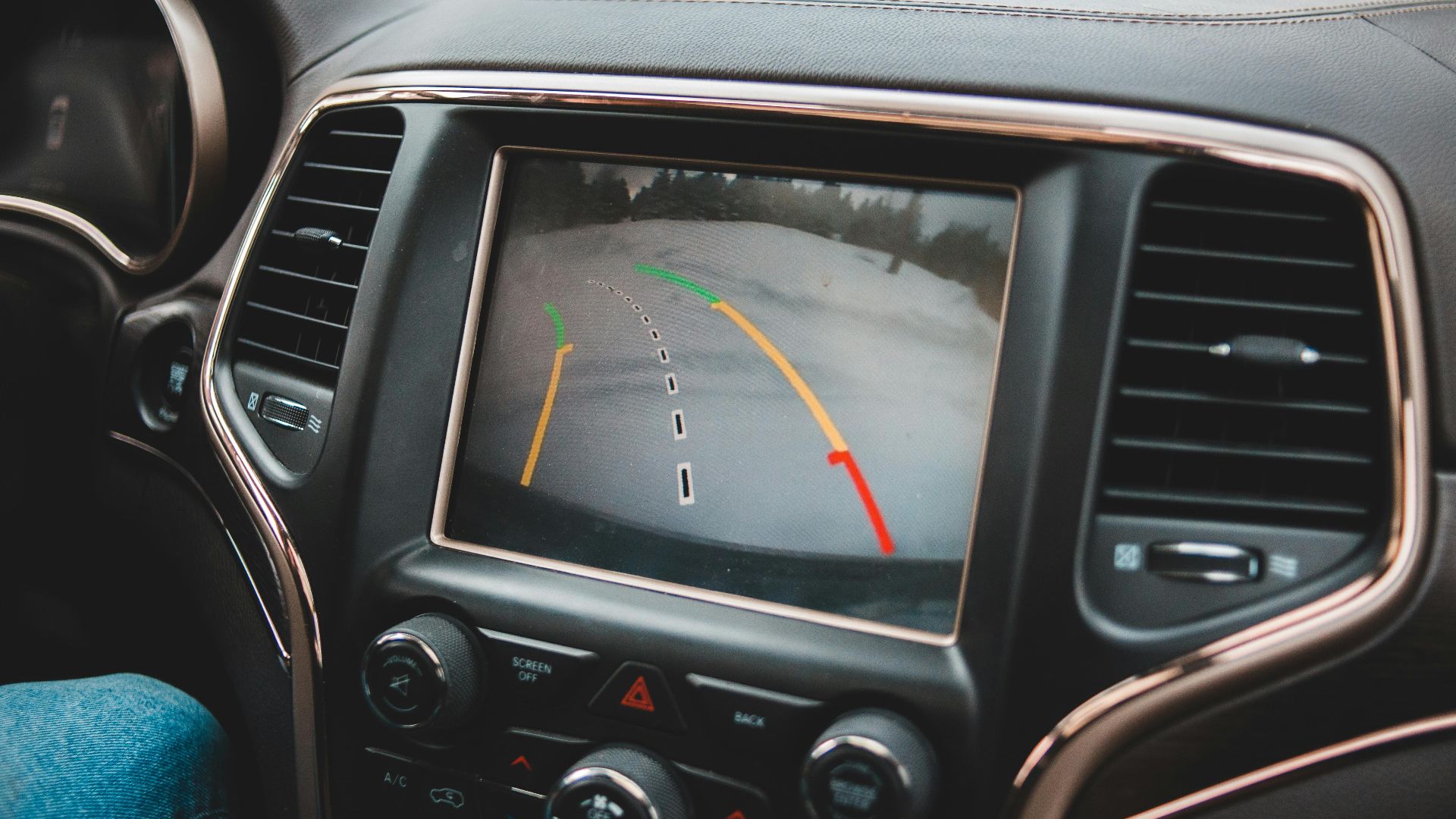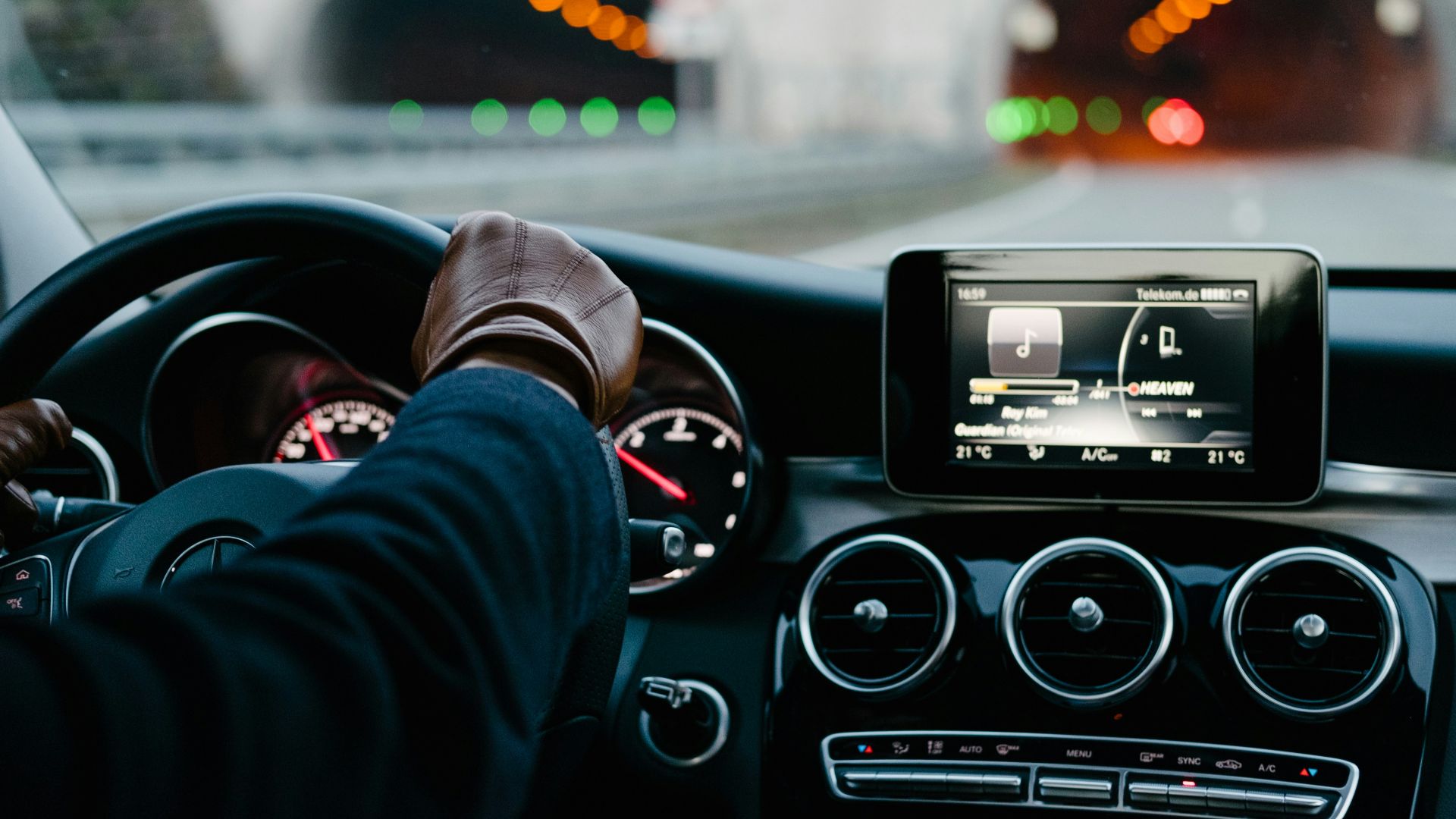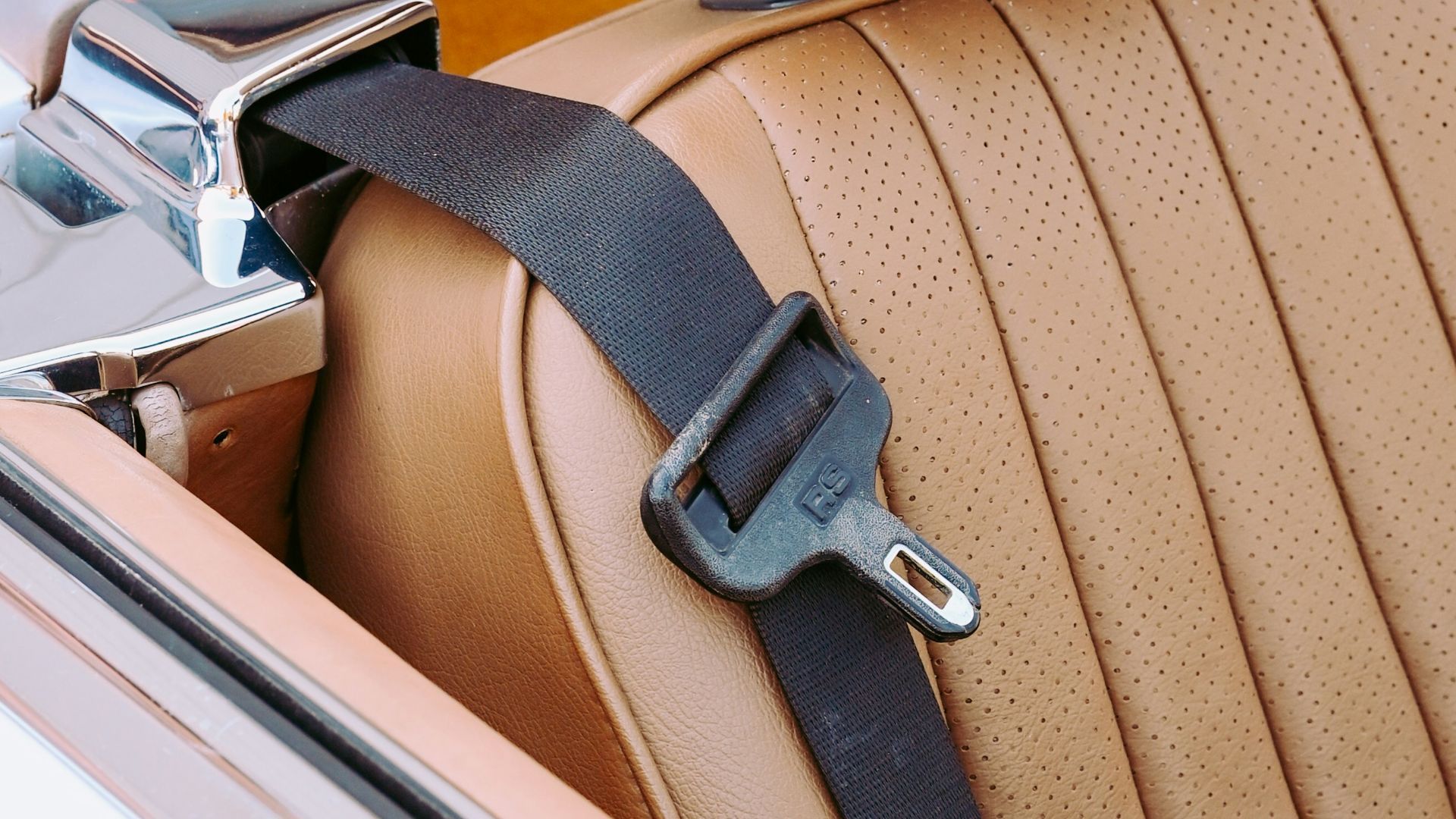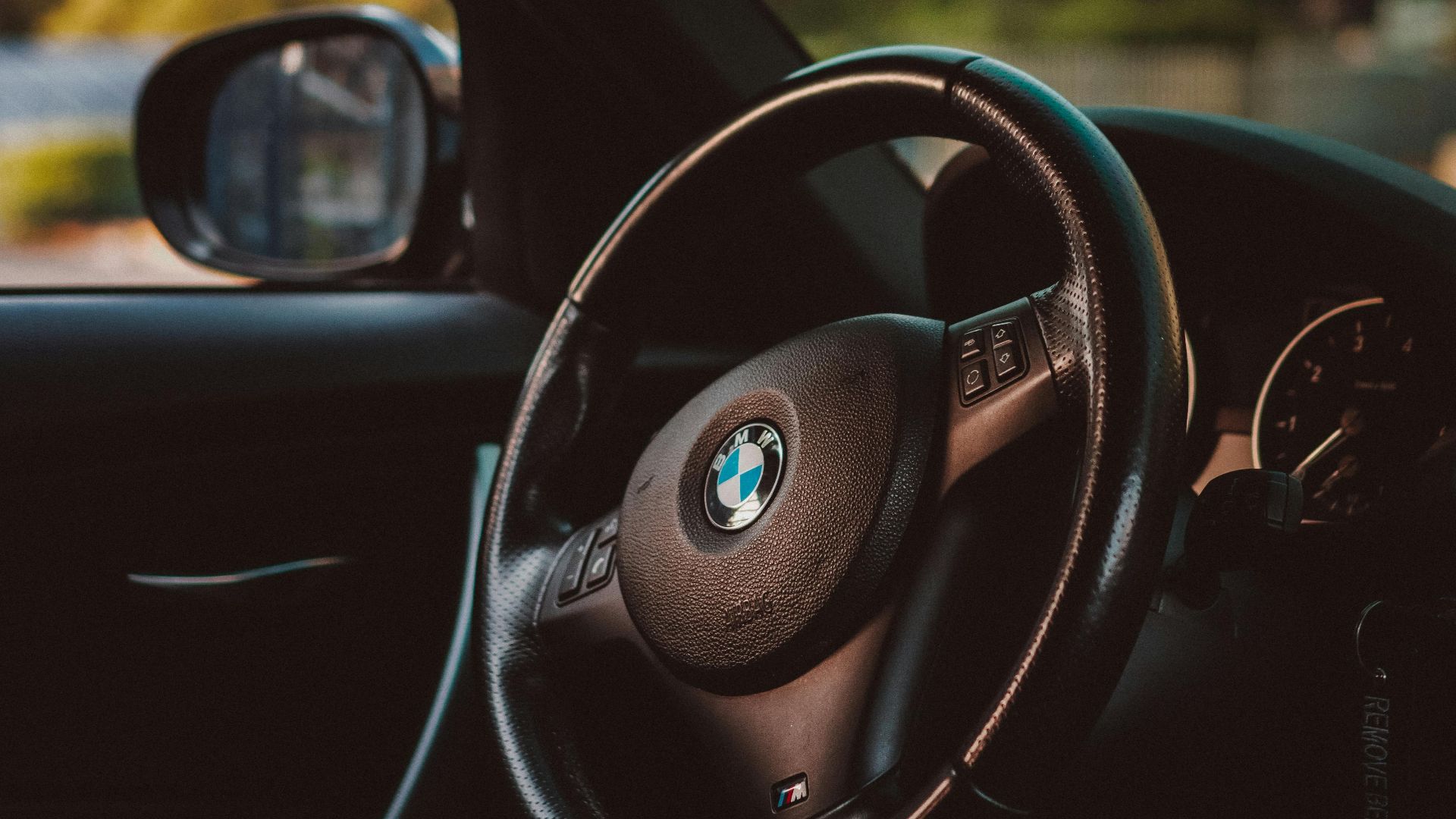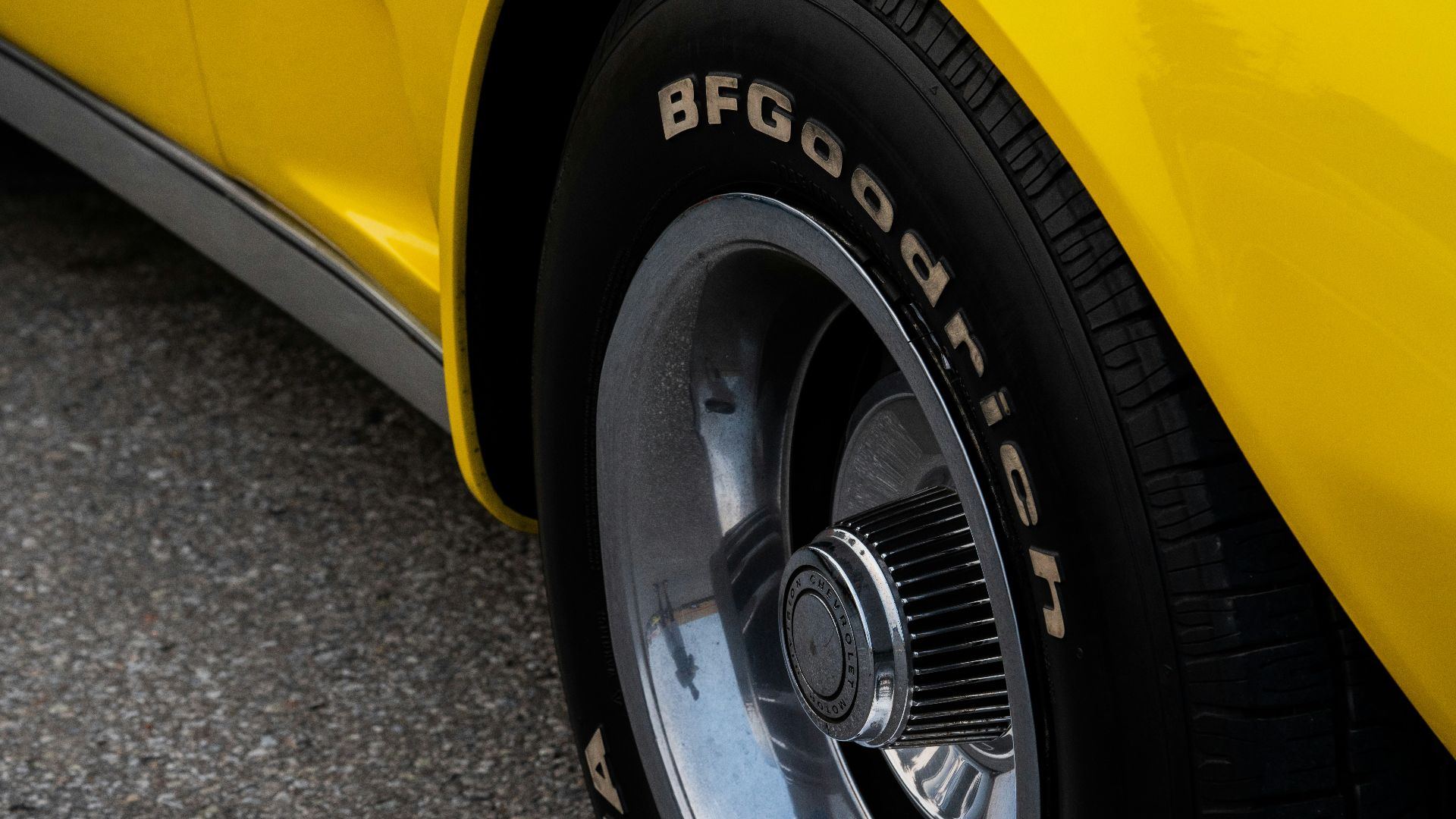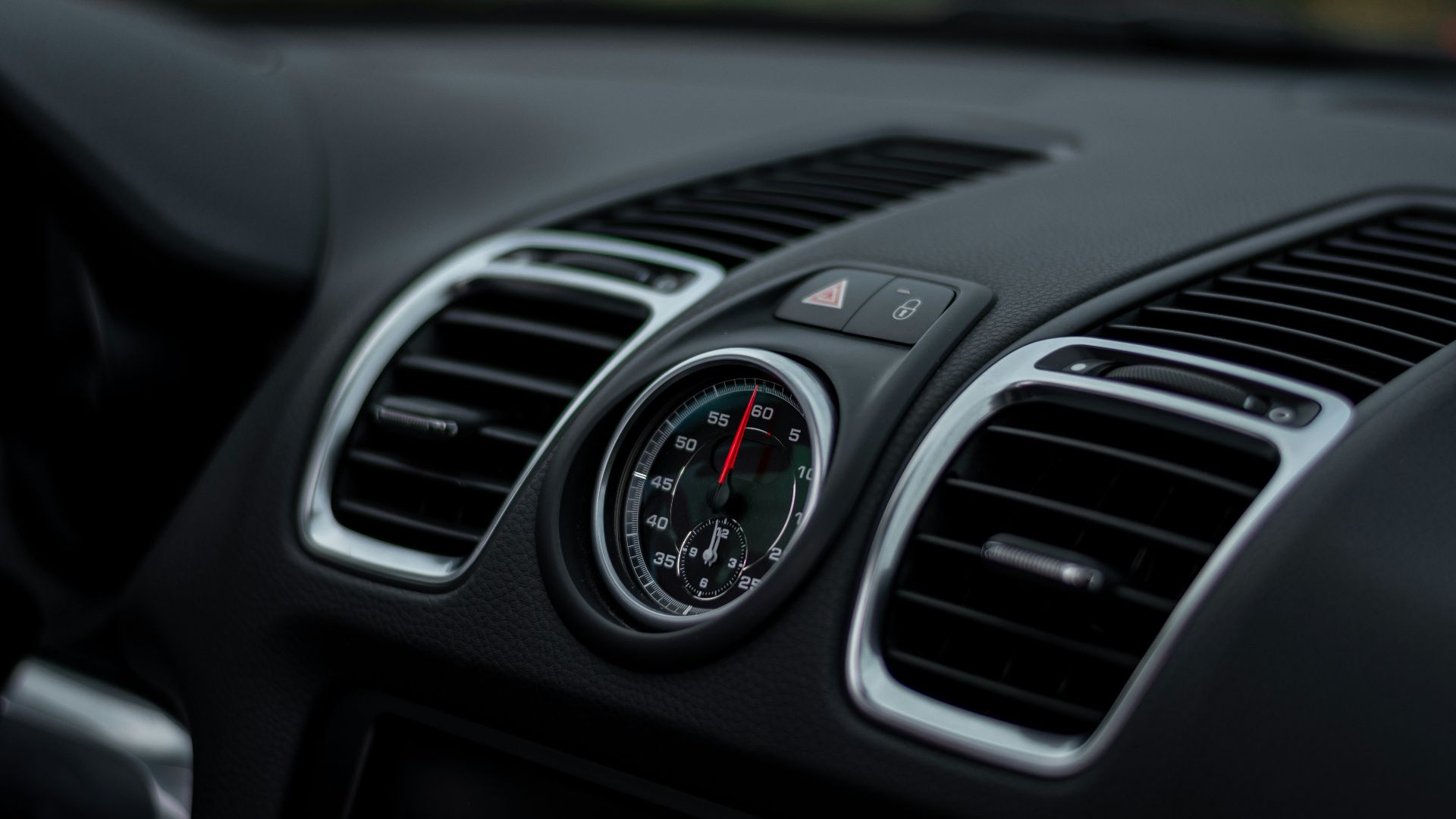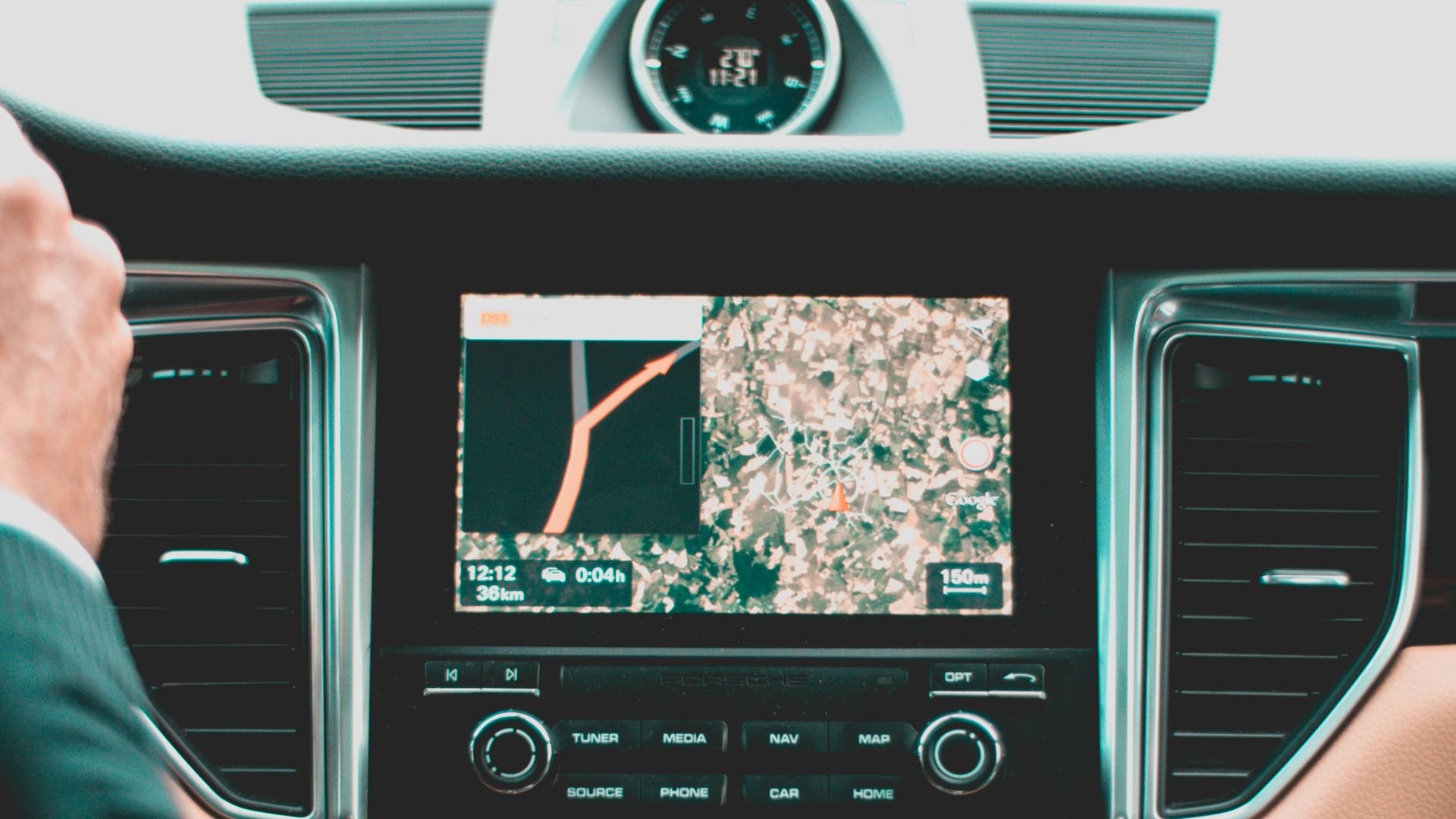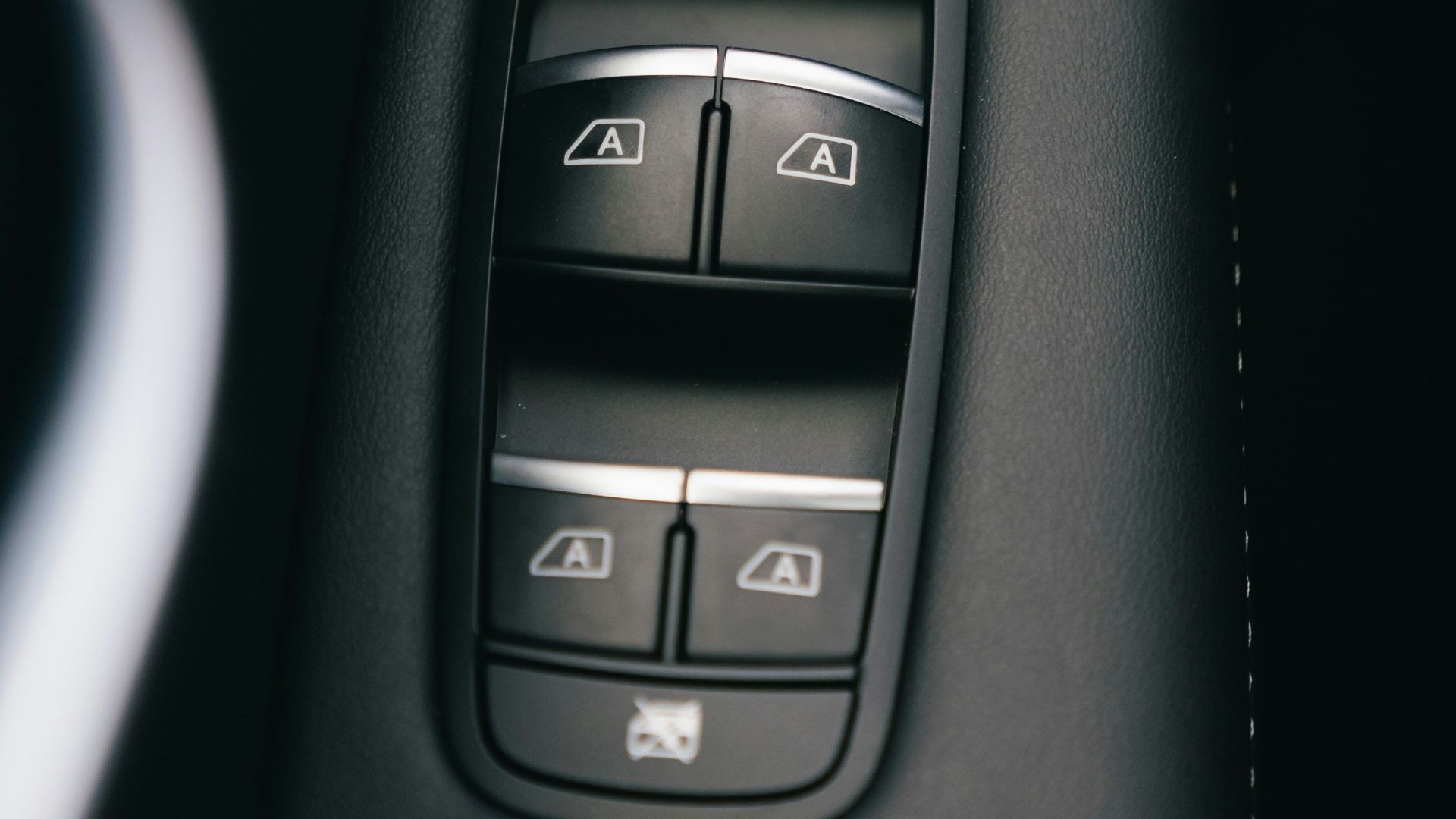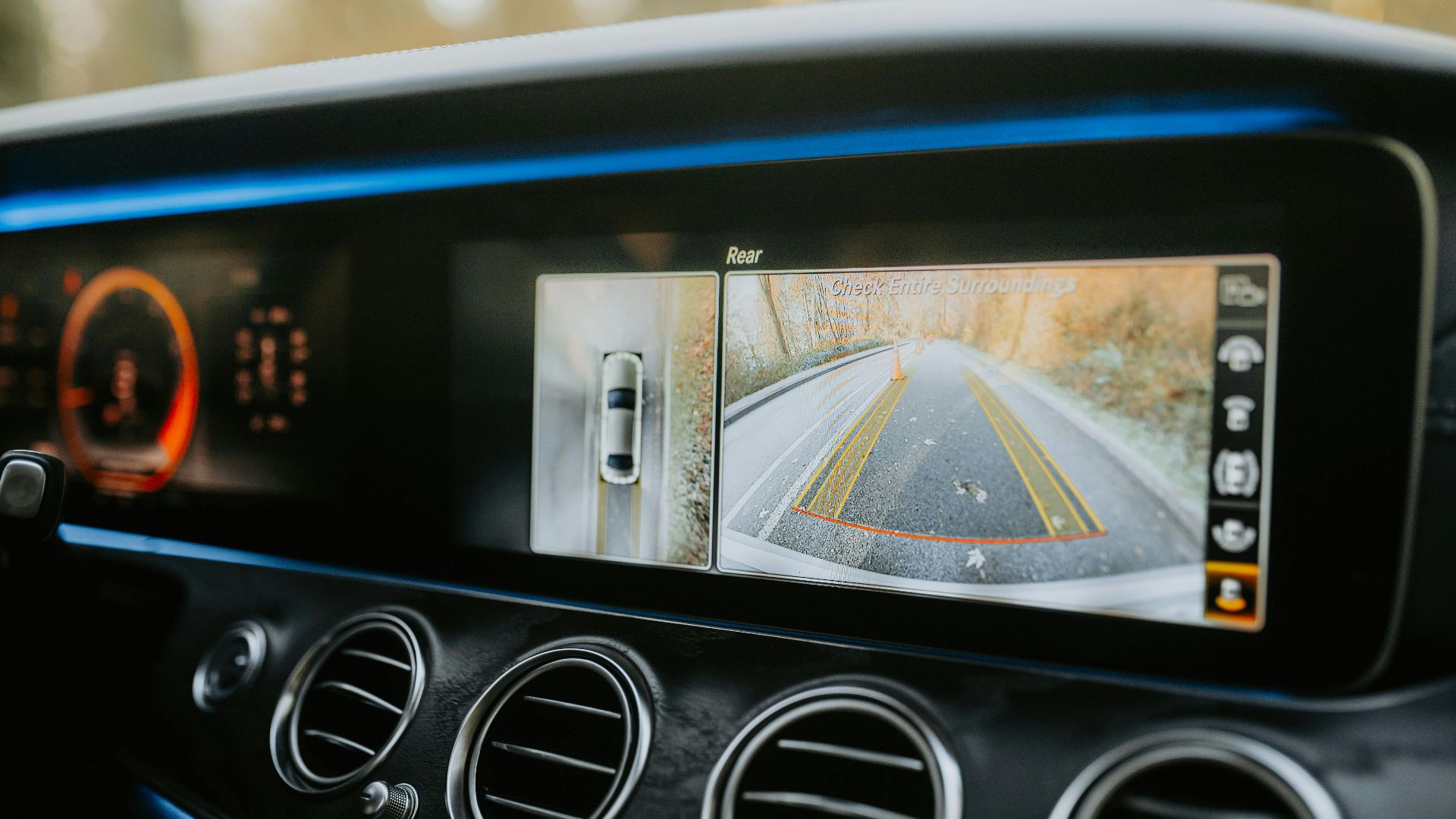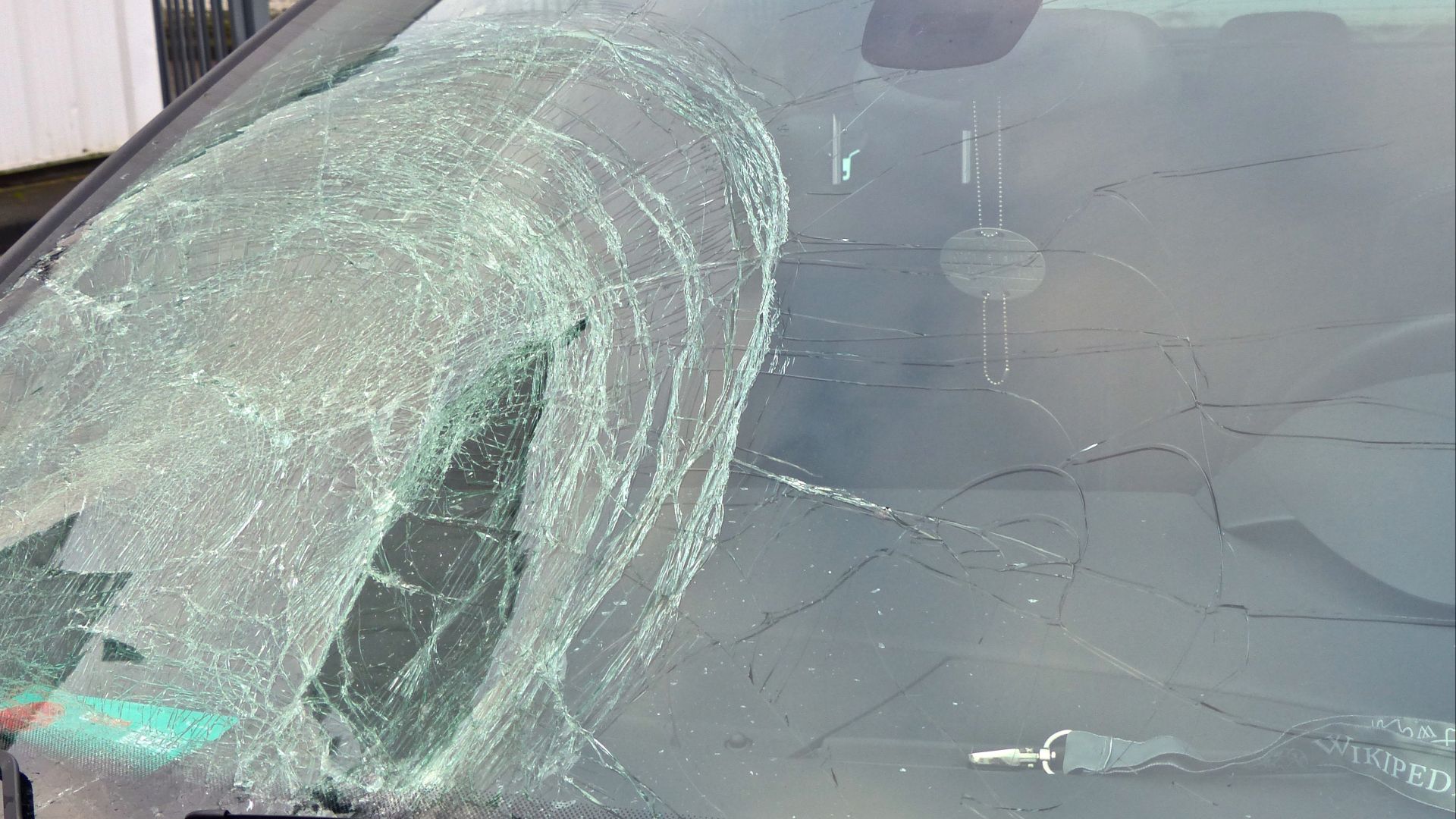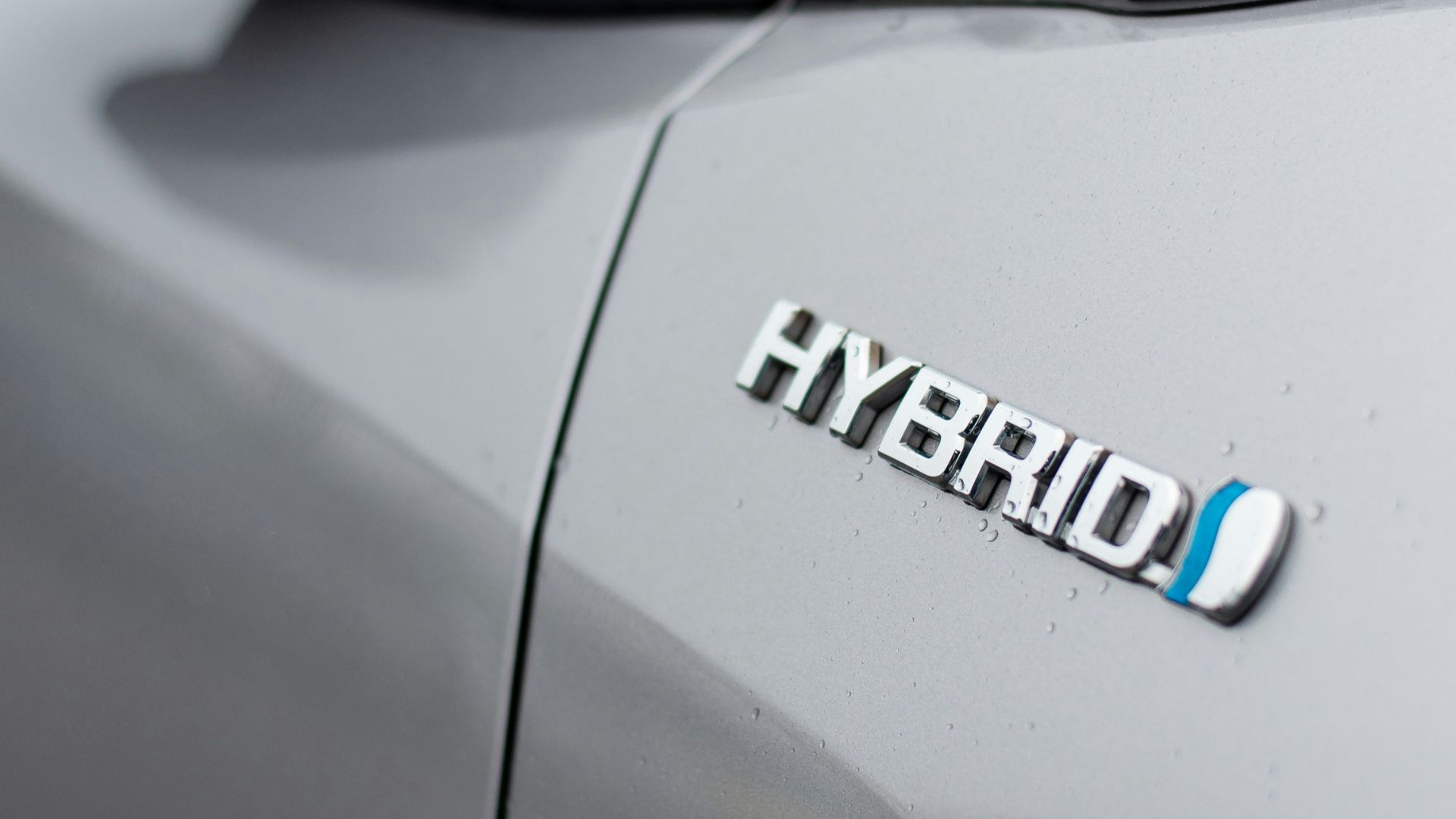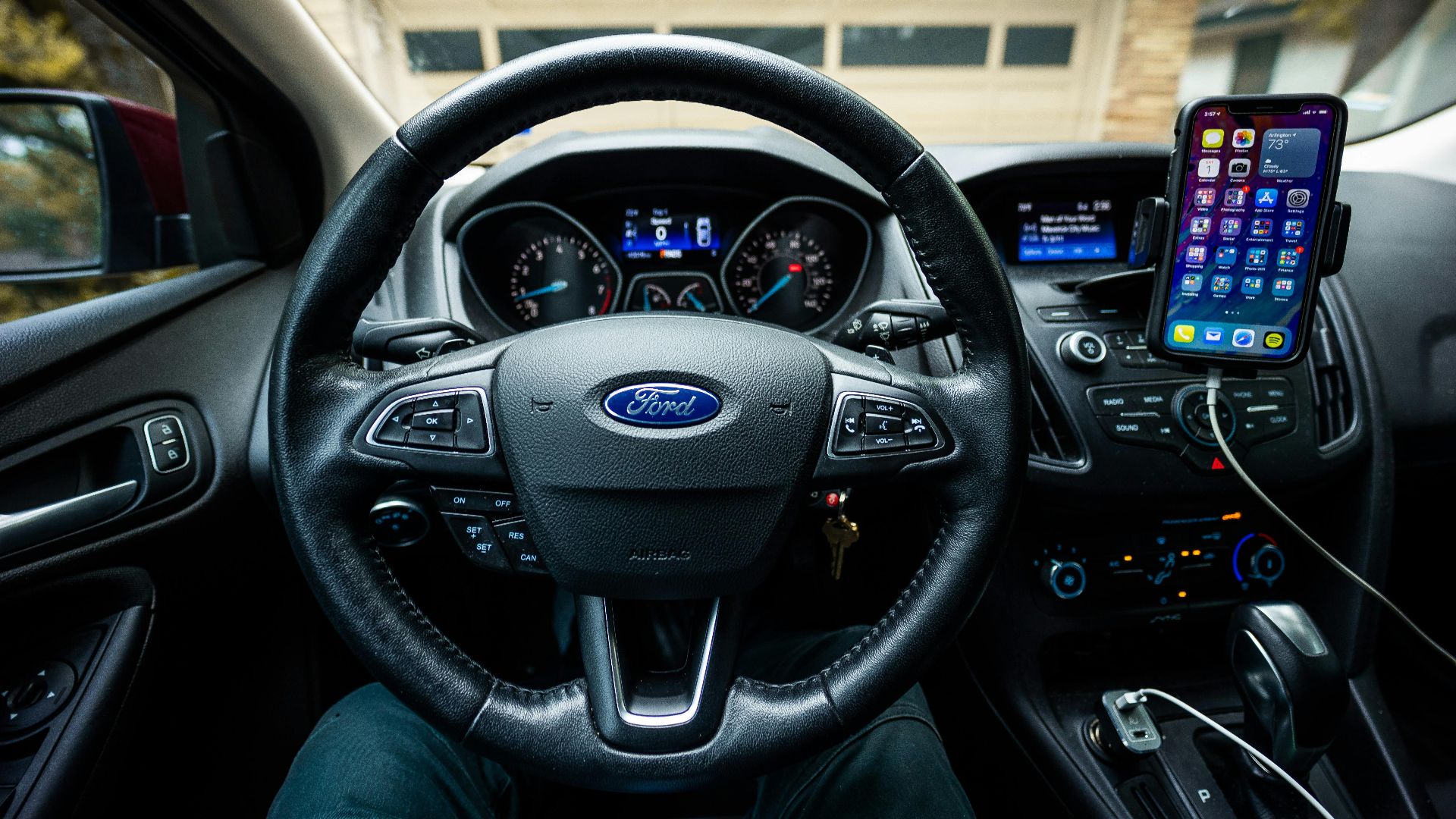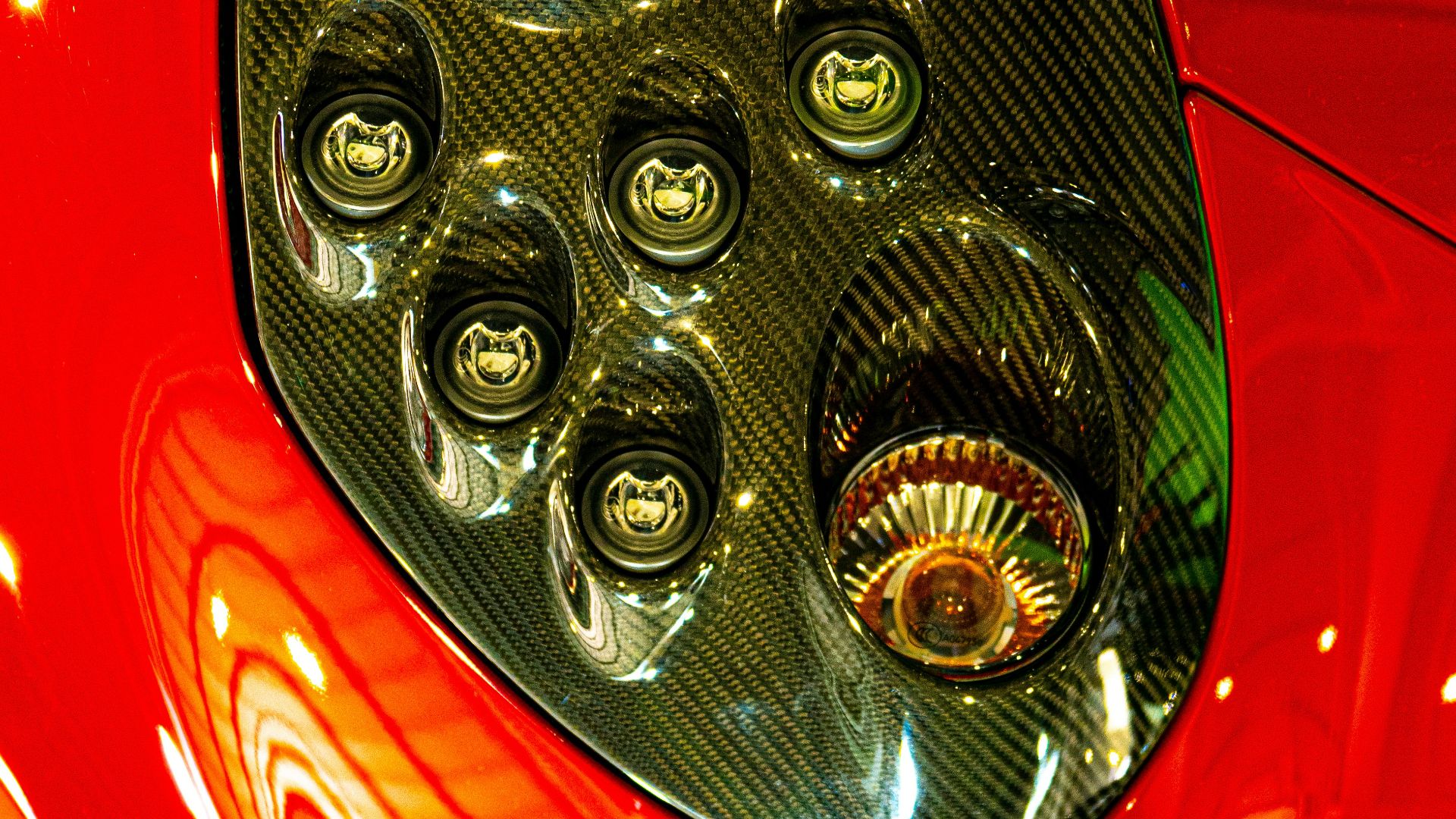Innovations That Changed How We Drive
Cars are a strange mix of necessity and fantasy. On the one hand, they’re just machines to get us from Point A to Point B. On the other, they’re rolling symbols of freedom, wealth, status, rebellion—take your pick. But what really sets eras of cars apart isn’t just the shape of the fenders or the size of the engines. It’s the features. These little additions are what make every other car on the road feel old overnight. Sometimes the change was about safety; other times it was about pure luxury. But the effect was the same: drivers felt like they’d stepped into the future. Here are 20 car features that once blew people’s minds.
1. Electric Starters
Before 1912, drivers cranked engines by hand. This sounds quaint until you picture your wrist snapping back from a backfire. It was Cadillac who first dropped the electric starter. All you needed to do was push a button and listen as your engine roared to life. Driving instantly became more accessible.
2. Seat Belts
They seem so obvious now, but early cars didn’t have them, and plenty of people resisted when they were first introduced. Volvo offered the three-point belt in 1959 and gave away the patent so every automaker could use it.
3. Airbags
Having explosive cushions in the dashboard sounded insane at first, yet when airbags appeared in the 1970s, they added a new layer of protection. Now it’s impossible to imagine a steering wheel without one densely packed inside.
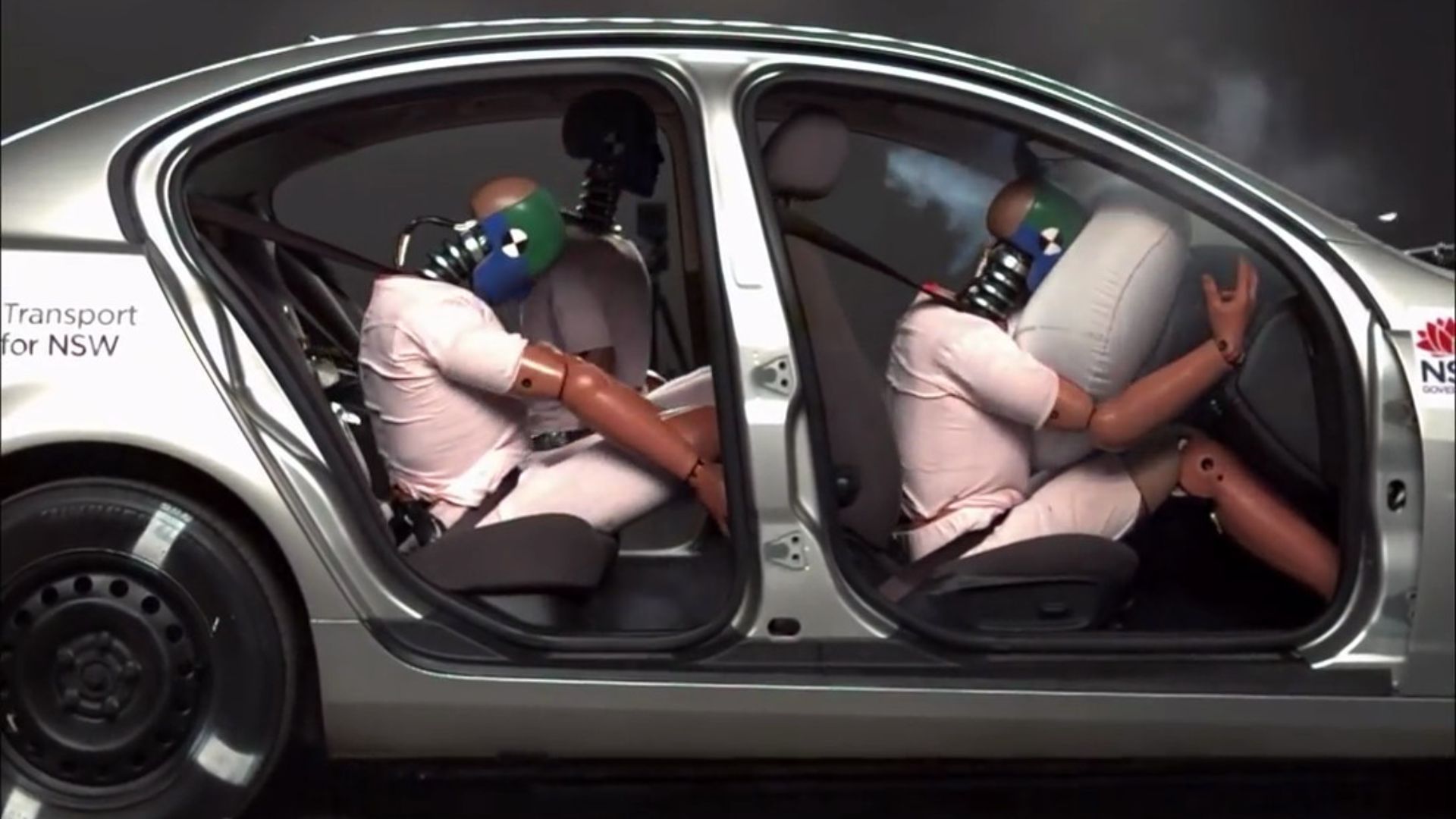 Transport For NSW (https://www.transport.nsw.gov.au/) on Wikimedia
Transport For NSW (https://www.transport.nsw.gov.au/) on Wikimedia
4. Automatic Transmission
Anyone who has driven manual shift knows what grinding the gears sounds like. In 1940, Oldsmobile’s “Hydra-Matic” made driving smoother and more accessible. Suddenly, shifting wasn’t an art form reserved for the mechanically gifted. It almost felt like the car was driving itself.
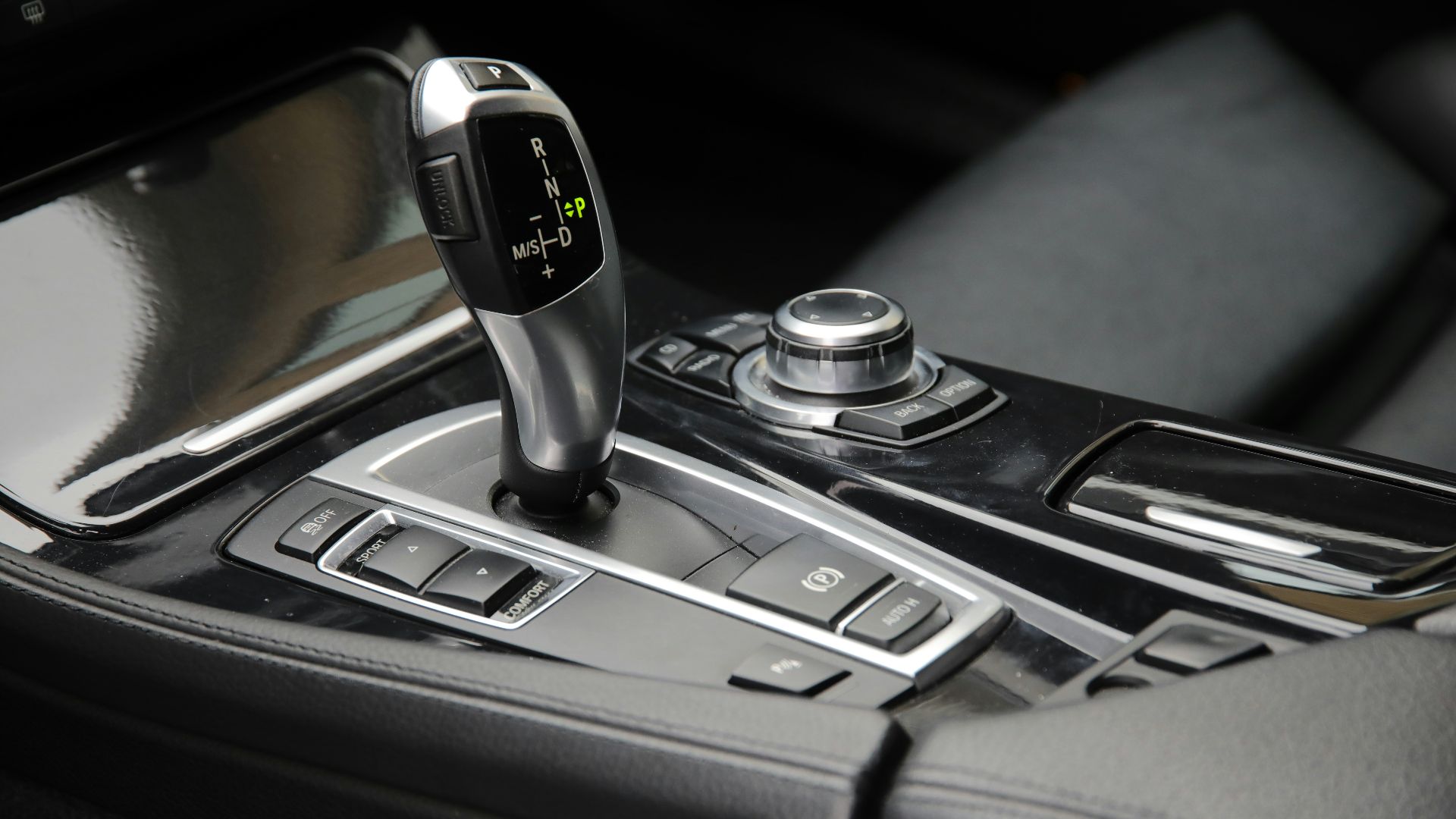 Jean-Philippe Delberghe on Unsplash
Jean-Philippe Delberghe on Unsplash
5. Power Steering
Picture parallel parking a 1950s Cadillac without it. Power steering made steering wheels glide like butter through the motions of turns without all that arm straining. Suddenly, anyone could maneuver into a curbside spot without pulling a muscle.
6. Anti-Lock Brakes (ABS)
Originally developed for aircraft, anti-lock brakes were implemented in cars during the 1970s. If ever you lost control on some ice, you no longer needed to pump the brakes in a panic; the system did it for you. ABS kept wheels from locking, meaning fewer skids and ultimately more control.
7. Cruise Control
Invented by a blind engineer, Ralph Teetor, in the 1950s, cruise control felt like magic. Set it and sit back. This technology finally allowed your right foot a break, and highway driving became less exhausting.
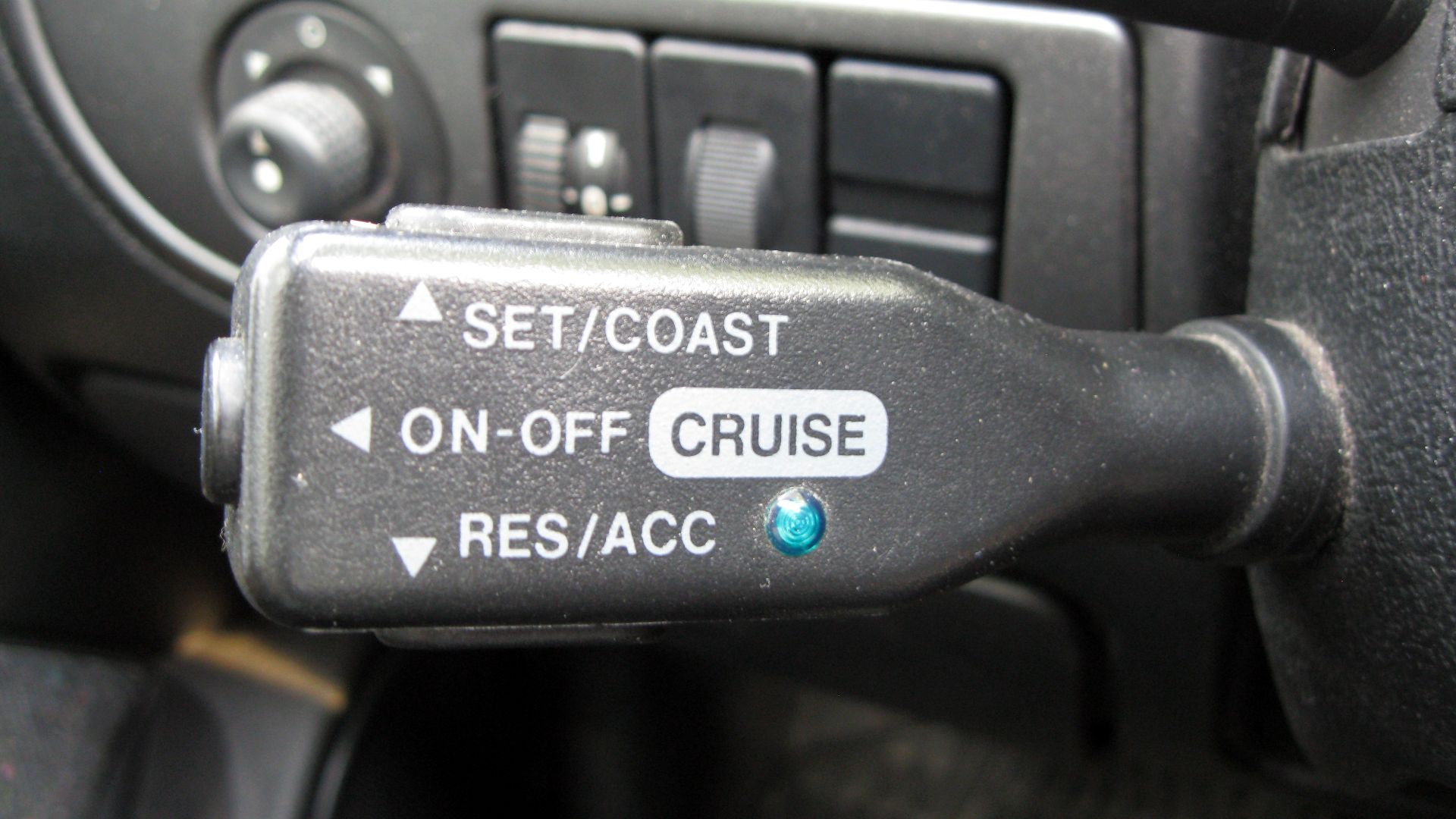 Santeri Viinamäki on Wikimedia
Santeri Viinamäki on Wikimedia
8. Rearview Mirrors
At the 1911 Indy 500, Ray Harroun ditched his riding mechanic, who normally kept watch behind him, and mounted a mirror instead. This was revolutionary, and everyone else copied him soon after. It’s challenging to imagine driving without one nowadays.
9. Air Conditioning
Before Packard introduced AC in 1939, rolling down the windows was the only option on sweltering days. Cooling off in July traffic went from impossible to luxury to baseline expectation for cabin comfort.
10. GPS Navigation
Getting lost was part of driving for decades. People made do with maps crumpled in glove boxes, and passengers appointed as amateur navigators. Then came GPS, and while it initially consisted of clunky units stuck to the windshield, it was eventually incorporated directly into the dashboard.
11. Power Windows
Hand-cranking windows down used to feel like exercise. The satisfying hum of a motorized window was a welcome luxury at first, then a standard expectation. Of course, every kid discovered the joy of pressing the button repeatedly, usually to the annoyance of everyone else. Hence the window lock feature.
12. Keyless Entry
Those from a certain generation can remember having to fumble with their keys in the rain to unlock their car door. Being able to click a button and have the doors unlock was a novelty in the 1980s. Nowadays, some doors even unlock automatically as you approach with the key fob.
13. Backup Cameras
Let’s face it, backing out of a crowded parking lot blindly was stressful. The National Highway Traffic Safety Administration made backup cameras mandatory in 2018, but Honda offered them in the early 2000s. Suddenly, drivers could see tricycles, pets, and forgotten garbage bins hiding behind their bumper.
14. Heated Seats
Sliding into a freezing car used to mean shivering until the heater finally caught up. Then came heated seats, an indulgence once reserved for massage chairs in spas. It almost makes the cold winter weather worth it.
15. Intermittent Wipers
Constant wiping was distracting, but turning them off left you blind in a drizzle. In the 1960s, Robert Kearns invented intermittent wipers after a champagne cork hit his eye. It was his Galileo moment—only instead of gravity, he conceived of a wiper that mimicked a blinking eye. It gave drivers a programmable rhythm that matched the rain.
16. Safety Glass
Shattered glass is terrifying, and early windshields turned into flying knives in a crash. Laminated safety glass, pioneered in the 1920s, changed that. It allowed cracks to form, but the shards stuck together. It not only saved lives but prevented unsightly scars.
17. Hybrid Engines
Toyota’s Prius looked odd when it debuted in the late 1990s, but it redefined what efficiency meant. With its combined electric and gas motor, suddenly miles per gallon doubled. It wasn’t just a feature; it was a quiet mechanical revolution.
18. Hands-Free Calling
Remember juggling a Nokia while shifting gears? Bluetooth meant you could talk on the phone without taking your hands off the wheel. It also reduced accidents, at least in theory. In practice, distracted conversation is distracted conversation—but still, progress.
19. Lane Departure Warnings
Lane-keeping tech started as luxury, then filtered down to drivers everywhere. Suddenly, cars were watching our wandering, saving us from drifting too far with a buzz, a beep, or even a gentle tug of the wheel. For long highway drives, it became a co-pilot that never got distracted or tired.
20. Adaptive Headlights
Fixed beams were fine until you turned sharply onto a dark road. Adaptive headlights that swiveled with the steering lit up corners before you got there. This technology was first seen in luxury European cars but is gradually spreading wider.


